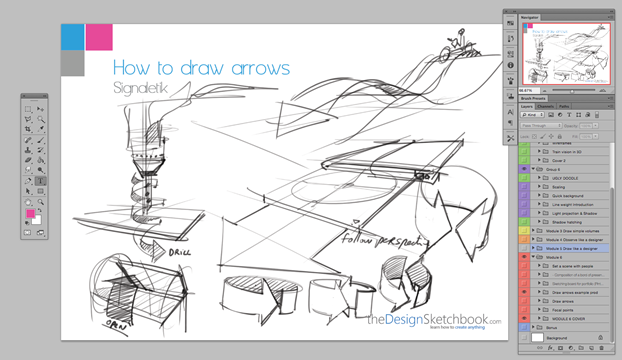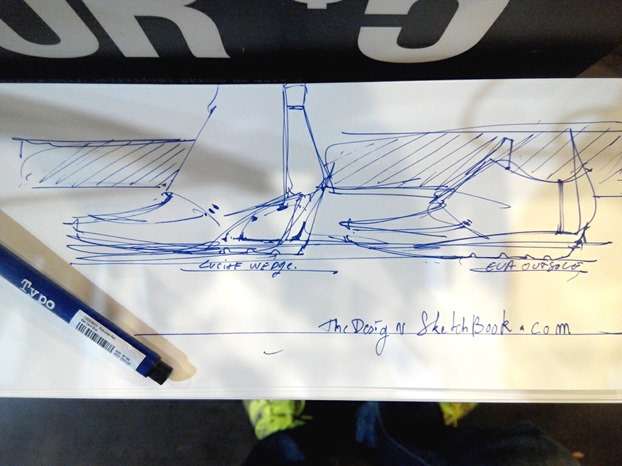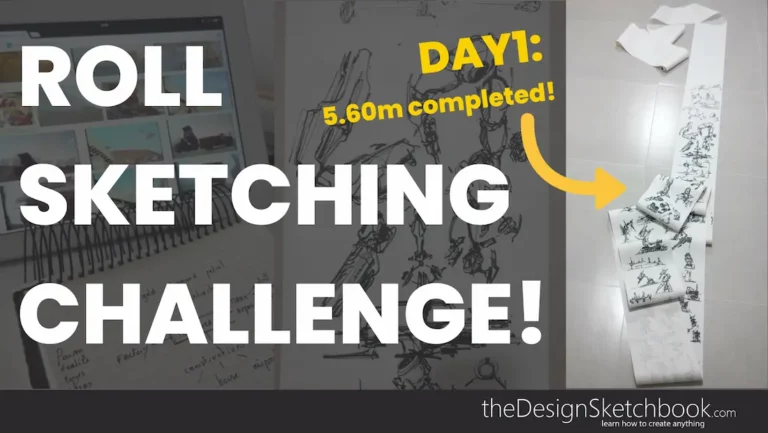How to Keep Motivated When Your Results Are Poor
It’s a feeling many creatives know all too well: you’ve spent hours sketching or designing, but the results don’t match your hopes or vision. Instead of feeling proud, you’re frustrated and ready to quit. Poor results can be incredibly discouraging, especially for beginners who want to see fast progress.
I’ve been there too—feeling stuck, doubting my skills, and questioning if I’m cut out for this. It’s important to understand that motivation isn’t a magical state that appears when everything goes perfectly. Motivation is like a muscle that needs training, especially when things feel tough.
The truth is, progress is rarely a straight line. Plateaus, setbacks, and slow patches are part of every artist’s journey, no matter how experienced. The difference between those who succeed and those who quit is not talent, but perseverance.
Why Do We Procrastinate When Facing Challenges?
Procrastination often sneaks in when results are poor.
Think about it—when you’re afraid of failing or not being good enough, your brain tries to protect you from potential disappointment. It convinces you to delay or avoid the task instead of facing the discomfort head-on.
Procrastination isn’t about laziness or a lack of willpower; it’s a natural emotional defense. This understanding helps us be kinder to ourselves and approach procrastination not as a weakness but as a signal to change tactics.

How to draw arrows. (Online course in preparation) 🙂
Stories and Strategies to Stay Motivated and Beat Procrastination
I remember a moment early in my design journey when I felt completely stuck. My sketches looked awkward, my ideas felt unoriginal, and I questioned if I was wasting my time. But then I started breaking my goals into smaller pieces. Instead of aiming to create perfect, finished designs, I focused on daily small improvements—just 15 minutes of sketching or a simple study of a form.
Gradually, those tiny wins added up. My confidence grew.
Here are practical tips that helped me, and can help you too:
- Break Down Your Goals: Rather than overwhelming yourself with a big project or perfect drawing, set small, achievable steps. Celebrate every little victory—each one builds motivation.
- Keep a Sketch Journal: Document your work regularly. When you flip back through weeks or months, you’ll be surprised to see how far you’ve come, even if progress felt invisible at the moment.
- Use Time Blocks: Set short, focused practice times (like 15 or 30 minutes). This makes sketching manageable and reduces the pressure to be perfect.
- Find a Creative Tribe: I found motivation by connecting with fellow designers and artists. Sharing struggles and successes keeps you accountable and inspired.
- Refresh Your Space: Changing your environment or tools—like drawing outside or trying a new pen—can reignite your creative energy.
- Be Gentle with Yourself: Accept that every artist has off days and mistakes. Treat yourself with compassion, knowing that these moments are part of growing your skills.
Reconnect with Your “Why”
When motivation dips, returning to your original reason for design sketching can be powerful.
Ask yourself:
- Why did I fall in love with sketching?
- What do I want to create or achieve?
- How does design make me feel alive?
Write down your answers and keep them visible. I often revisit my “why” to remind myself why the hard work is worth it. It’s like finding your North Star when the path feels foggy.
Progress Over Perfection: A Story of Growth
No one starts with perfect sketches. I still keep my very first design school sketch—a clumsy, awkward drawing that made me feel frustrated and unskilled. But looking back now, it’s a symbol of how far I’ve come.
Every “poor” sketch, every mistake, every moment of doubt was a step forward.
Motivation often comes after action, not before it. Taking even imperfect steps forward feeds your creative confidence, and that snowballs into real progress. Keep at it, no matter how small the steps.
———————————–
Hope this article is helpful.
Tell me what is your compelling goal – Why you want to become a designer ? :).


















Because it doesn’t feels like work that is what the passion is.
Glad it helps Gustavo ! 🙂
It’s impressive that you are gettung thoughts from this article as weell as
from our dialogue made at ths time.
Nice post. I was checking constantly this blog and I’m impressed!
Very useful nformation specially the last part 🙂 I care for such info much.
I was looking for this particular info for a very long time.
Thank you andd best off luck.
Glad it helps Gustavo !